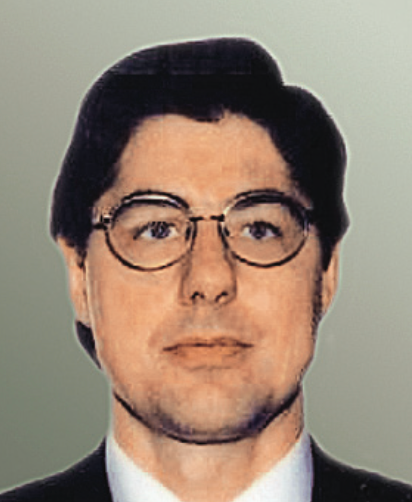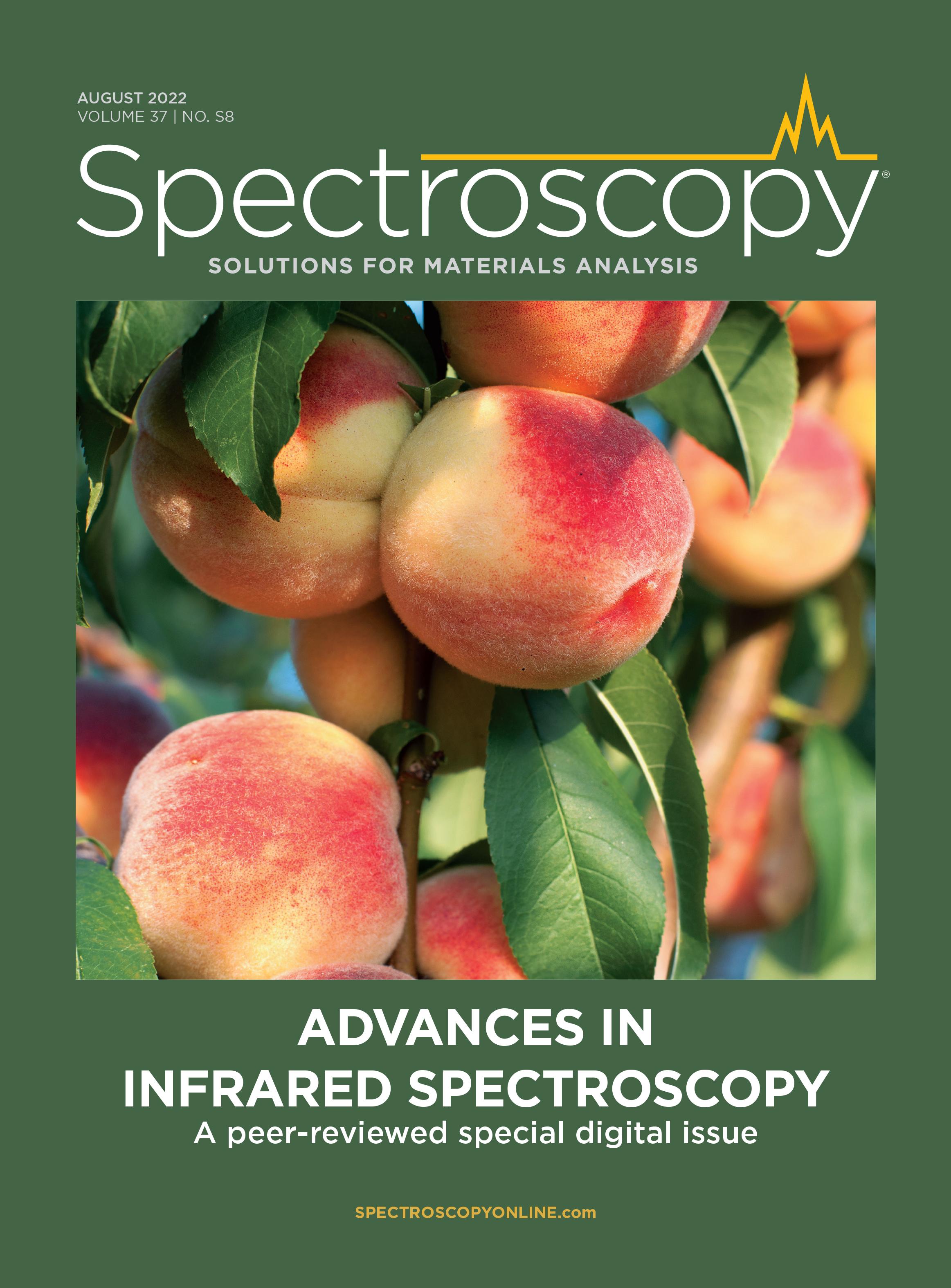Publication
Article
Spectroscopy Supplements
Advances in Infrared Spectroscopy: A Peer-Reviewed Special Issue
Author(s):
We are pleased to present this special digital peer-reviewed edition of Spectroscopy on the subject of infrared (IR) spectroscopy. This special issue features five selected and peer-reviewed papers that present an exploration of modern IR spectroscopy methods. The applications of IR spectroscopy for research and industrial applications continue to advance rapidly. Modern instrumentation is progressing as a result of improvements in sampling, detecting, and data processing, along with the miniaturization of optics—all factors that make it possible to obtain more information for laboratory, process monitoring, and remote sensing—and often, to do so more easily.
Advanced chemometric and data processing methods are also bringing about improvements to IR methods. Faster computers and improved chemometric methods are combined with visible, near-infrared (NIR), and mid-IR spectra to provide new platforms for imaging, discriminant analysis, classification, identification, quantitative analysis, and molecular structure elucidation. Transmission measurements in the IR often require sample preparation, but attenuated total reflectance (ATR) and remote sensing are adapted to measuring samples in their native state.
In this issue, the first paper demonstrates the application of ATR-FT-IR for real-time online monitoring of an aspirin synthesis reaction. ATR-FT-IR was adapted for in situ real-time analysis of salicylic acid and acetic anhydride during the reaction process. PCA, followed by target transformation of the resulting factors, was used to analyze spectra and the relationship of absorbance versus time for raw materials and products throughout the reaction process.
In the second paper, the lignocellulose content of biofuel pellets is determined based on FT-IR spectra. Quantitative models were developed for cellulose, hemicellulose, and lignin using partial least square regression (PLSR) based on full-range spectra. In addition, a study of biofuel pellets classification was conducted using linear discriminant analysis and random forest methods as compared to a fuzzy clustering and transitive closure method.
The third paper moves into a new regime as our authors present a density functional theory (DFT) investigation of the molecular structure and vibrational spectra of triclosan. The performance of five different DFT methods (B3LYP, LSDA, PBEPBE, CAM-B3LYP, and M06-2X) were compared to predict the molecular structural and vibrational properties of triclosan. It is hoped that such studies will be able to provide a fundamental benchmark for understanding environmental pollution mechanisms and the ecological effects of antibacterial products like triclosan that are often used in consumer goods.
In our fourth selected paper, we describe the detection of bruising in fruit using shortwave IR hyperspectral imaging (HSI). In this study, honey peaches were analyzed for the presence of bruise defects using HSI spectral data in the 400–1100 nm region. These data consisted of feature variables, red, green, blue (RGB) measurements, and HSI color space. These data were analyzed using principal component analysis (PCA), feature extraction, partial least squares qualitative discriminant analysis (PLS-DA), and extreme learning machine (ELM) discriminant modeling to establish a discrimination method suitable to detect and classify bruising in fruit.
In the final paper, the authors explore the application of continuous wavelet decomposition analysis for specific analyte recognition in gas mixtures using IR absorption measurements. The correlation analysis of time and frequency on the time-frequency characteristic matrix is used for component identification. This research provides new concepts and methods for the quantitative detection of individual gases from complex gas mixtures.
We hope you enjoy the issue.
Jerome Workman is the Senior Technical Director of LCGC North America and Spectroscopy. Direct correspondence to: jworkman@mjhlifesciences.com.


Newsletter
Get essential updates on the latest spectroscopy technologies, regulatory standards, and best practices—subscribe today to Spectroscopy.




